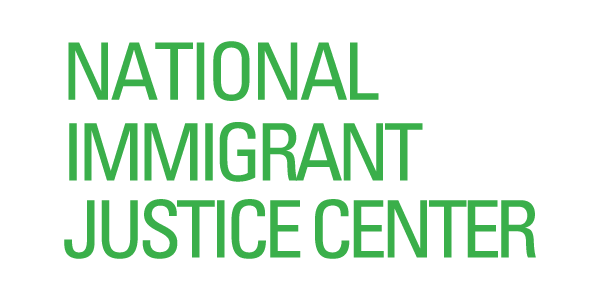|
View our interactive timeline of the history of family detention |
It’s been just over a year since the Obama Administration vastly expanded the detention of immigrant families in the United States in response to the increase in children arriving from the Northern Triangle countries of Honduras, Guatemala, and El Salvador. The humanitarian crisis identified by the administration in June 2014 was quickly politicized into a “border security crisis,” and launched a network of family detention facilities.
The policies and efforts surrounding family detention reach further than just the last year. In fact, the signs of a coming refugee influx began long ago. Violence in the Northern Triangle has been on the rise for years, with Salvadoran and Honduran cities labeled the murder capitals of the world. In addition, El Salvador and Guatemala have the two highest rates of child murder in the world. The governments of these three countries have long demonstrated an inability or unwillingness to protect women and children from violence. The decision to seek protection elsewhere is often a desperate last resort for those facing death.
According to U.S. government statistics, these families are overwhelmingly bona fide asylum seekers. As of March 2015, 88 percent of mothers and their children who had asked for protection were found to have legitimate grounds for asylum. Yet they continue to be detained for lengthy periods in remote facilities by an administration that responded with panic to a surge of arrivals.
Six years ago when the Obama administration ended widespread family detention at the Hutto facility in Texas, it appeared that the United States had largely recognized there is no humane way to detain families. Although the Department of Homeland Security (DHS) recently announced efforts to reduce the length of time spent in family detention and to improve conditions, these steps do not go far enough. Neither of these policies would mitigate the trauma and harm inflicted by family detention, or the enormous challenge that detained mothers face in finding a lawyer. Nor would they put DHS in compliance with its obligations under U.S. law or our international protection obligations.
Ultimately, DHS should use the tools it has been developing for years to release families on alternatives to detention (ATDs). ATDs, particularly community-based support programs, allow families to live in communities where they can receive the support of family and friends. Release on ATD also facilitates better access to legal and social services.
The U.S. now faces a stark choice: become the nation that doubled down on the incarceration of asylum-seeking children and mothers, or restore our proud history of providing safety and due process to those fleeing harm. Our country must be a global leader in choosing a path of justice and compassion for other countries to follow.
Below view our new interactive timeline illustrating the tragic arc of U.S. family detention policy over the past 20 years. This timeline was a joint project of the National Immigrant Justice Center and the Women's Refugee Commission. Click here to view a larger version of the timeline.
Jennifer Chan is the associate director of policy at the National Immigrant Justice Center.
Katharina Obser is a program officer in the Migrant Rights & Justice Program at the Women's Refugee Commission.


